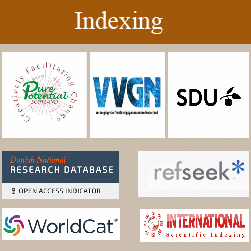Factors Associated with Biofilm Persistence on Different Surfaces, Spread and Pathogenicity
Author(s):
Effiok Warrie William Egwari Louis Osayenum*, Olasehinde Grace Iyabo, Akinnola Olayemi Oluseun, and Kilani Adetunji Musbau
The conglomeration of microbial life on a self-produced extracellular polysaccharide (EPS) matrix for mutual co-existence and protection against external aggression and adverse environmental conditions best describe biofilms. This community of microorganisms confers a number of survival and nutritional benefits to members while at the same time portend great ecological and health concern. Biofilms can form on virtually any surface; terrestrial, aquatic, plants, animals and on medical devices and implants. The ability of biofilms to disperse from the parental stalk ensures continuous survival and spread within their ecological niche. Biofilm organisms therefore possess unique survival mechanisms over their plancktonic form and have contributed to our understanding of the mechanisms of pathogenicity of infectious microorganisms. This review highlights trends in the understanding of biofilms and emphasized their health significance.



